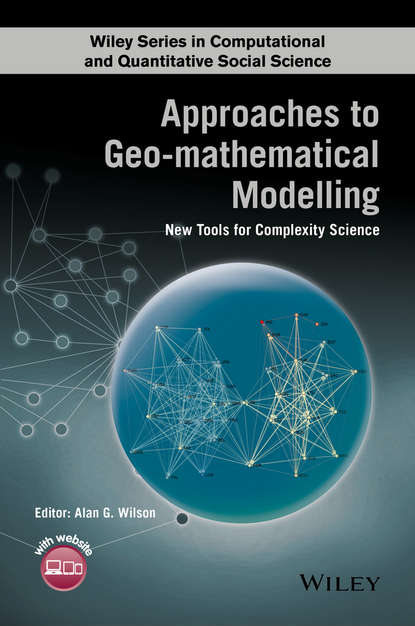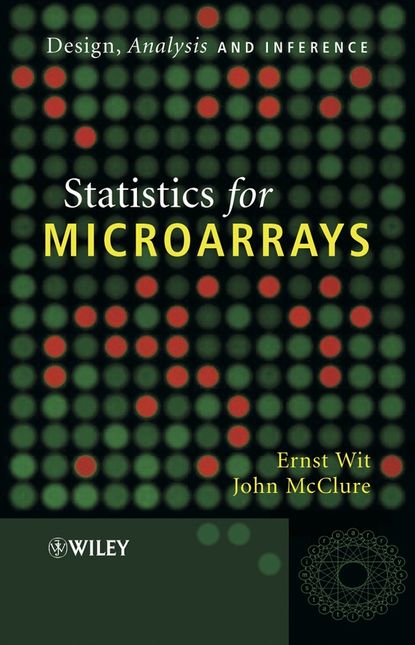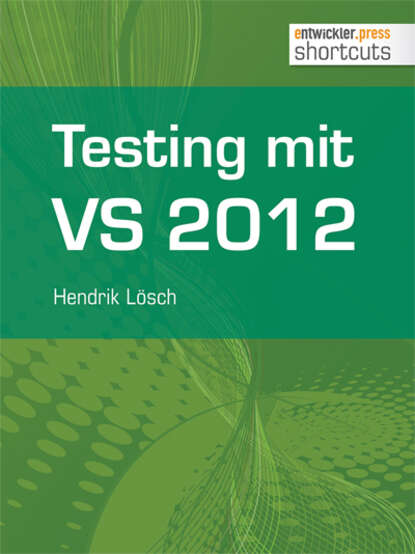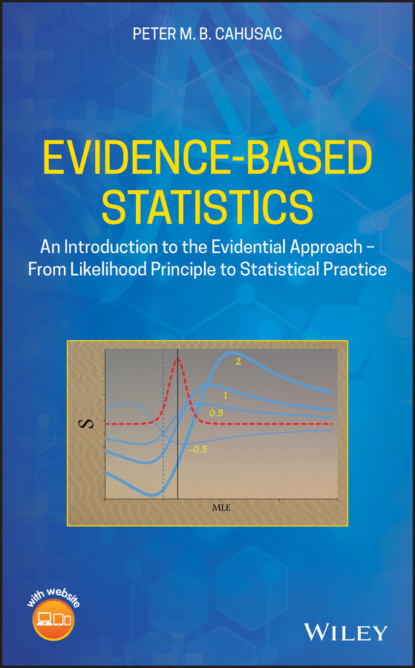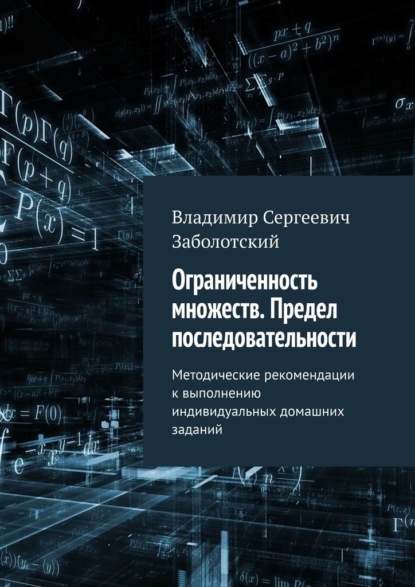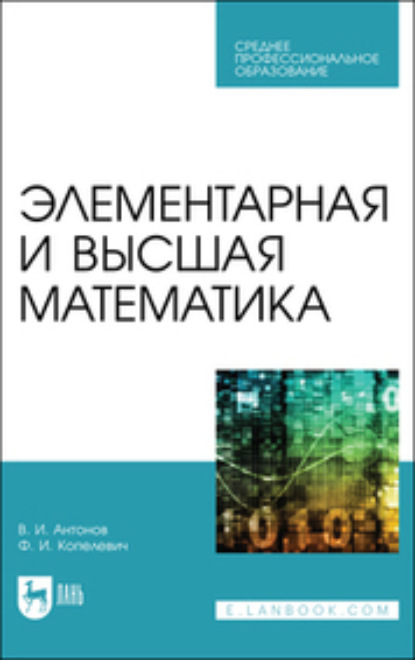Книга "Approaches to Geo-mathematical Modelling" описывает математические и компьютерные модели, используемые для создания инструментария в области комплексных наук. Географические системы характеризуются местоположением, деятельностью в этих местах, взаимодействиями между ними и инфраструктурой, которая несет эти деятельности и потоки. Они могут быть описаны на разных масштабах, от отдельных людей и организаций до целых стран. В книге приводятся примеры моделей, которые представляют элементы глобальной системы, охватывая такие темы, как торговля, миграция, безопасность и помощь в развитии, а также примеры на более мелких масштабах. Это предоставляет эффективный инструментарий, который может быть применен не только к глобальным системам, но и более широко в моделировании сложных систем. Все сложные системы включают нелинейности, связанные с зависимостью от пути и возможностью фазовых переходов, что делает математические аспекты особенно интересными. Именно через эти механизмы можно увидеть, как возникают новые структуры, и поэтому текущее понятие "эмерджентного поведения". В книге приводятся примеры различных моделей, включая модели с учетом счетов, структурную динамику, пространственно-временной статистический анализ, модели реального времени, модели Лотки-Вольтерры, модели на основе агентов, эпидемиологию и реакционно-диффузионные подходы, теорию игр, сетевые модели и, наконец, интегрированные модели. Книга предназначена для практикующих и исследователей в области прикладной математики, географии, экономики и междисциплинарных областей, таких как региональная наука и комплексные науки. Она также может быть использована в качестве основы для курса моделирования для аспирантов.
Электронная Книга «Approaches to Geo-mathematical Modelling» написана автором Группа авторов в году.
Минимальный возраст читателя: 0
Язык: Английский
ISBN: 9781118937457
Описание книги от Группа авторов
Geo-mathematical modelling: models from complexity science Sir Alan Wilson, Centre for Advanced Spatial Analysis, University College London Mathematical and computer models for a complexity science tool kit Geographical systems are characterised by locations, activities at locations, interactions between them and the infrastructures that carry these activities and flows. They can be described at a great variety of scales, from individuals and organisations to countries. Our understanding, often partial, of these entities, and in many cases this understanding is represented in theories and associated mathematical models. In this book, the main examples are models that represent elements of the global system covering such topics as trade, migration, security and development aid together with examples at finer scales. This provides an effective toolkit that can not only be applied to global systems, but more widely in the modelling of complex systems. All complex systems involve nonlinearities involving path dependence and the possibility of phase changes and this makes the mathematical aspects particularly interesting. It is through these mechanisms that new structures can be seen to ‘emerge’, and hence the current notion of ‘emergent behaviour’. The range of models demonstrated include account-based models and biproportional fitting, structural dynamics, space-time statistical analysis, real-time response models, Lotka-Volterra models representing ‘war’, agent-based models, epidemiology and reaction-diffusion approaches, game theory, network models and finally, integrated models. Geo-mathematical modelling: Presents mathematical models with spatial dimensions. Provides representations of path dependence and phase changes. Illustrates complexity science using models of trade, migration, security and development aid. Demonstrates how generic models from the complexity science tool kit can each be applied in a variety of situations This book is for practitioners and researchers in applied mathematics, geography, economics, and interdisciplinary fields such as regional science and complexity science. It can also be used as the basis of a modelling course for postgraduate students.
